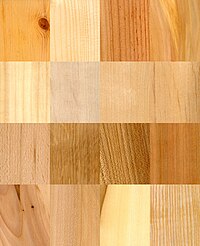
Effects of Natural Flavonoid Isoorientin on Growth Performance and Gut Microbiota of Mice.
Sign Up to like & getrecommendations! Published in 2018 at "Journal of agricultural and food chemistry"
DOI: 10.1021/acs.jafc.8b03568
Abstract: Isoorientin (ISO) is a natural flavonoid, which is a 6- C-glucoside of luteolin, and has been demonstrated to possess multiple biological properties. In this study, the effects of ISO on the growth performance and gut… read more here.
Keywords: growth performance; gut microbiota; mice; growth ... See more keywords

4,4'Dimethoxychalcone: a natural flavonoid that promotes health through autophagy-dependent and -independent effects
Sign Up to like & getrecommendations! Published in 2019 at "Autophagy"
DOI: 10.1080/15548627.2019.1632623
Abstract: ABSTRACT The age-induced deterioration of the organism results in detrimental and ultimately lethal pathologies. The process of aging itself involves a plethora of different mechanisms that should be subverted concurrently to delay and/or prevent age-related… read more here.
Keywords: autophagy dependent; health autophagy; dimethoxychalcone natural; flavonoid promotes ... See more keywords

A natural flavonoid, chrysin, improving wood properties via impregnation
Sign Up to like & getrecommendations! Published in 2019 at "BioResources"
DOI: 10.15376/biores.14.1.2133-2143
Abstract: A broader utilization of wood can be achieved by eliminating its drawbacks such as low dimensional stability with changing moisture content and low durability against various bio-organisms. Heartwood formation is nature’s solution that functions through… read more here.
Keywords: wood; natural flavonoid; wood properties; chrysin ... See more keywords

Two Natural Flavonoid Substituted Polysaccharides from Tamarix chinensis: Structural Characterization and Anticomplement Activities
Sign Up to like & getrecommendations! Published in 2022 at "Molecules"
DOI: 10.3390/molecules27144532
Abstract: Two novel natural flavonoid substituted polysaccharides (MBAP-1 and MBAP-2) were obtained from Tamarix chinensis Lour. and characterized by HPGPC, methylation, ultra-high-performance liquid chromatography-ion trap tandem mass spectrometry (UPLC-IT-MSn), and NMR analysis. The results showed that… read more here.
Keywords: substituted polysaccharides; mbap; natural flavonoid; flavonoid substituted ... See more keywords